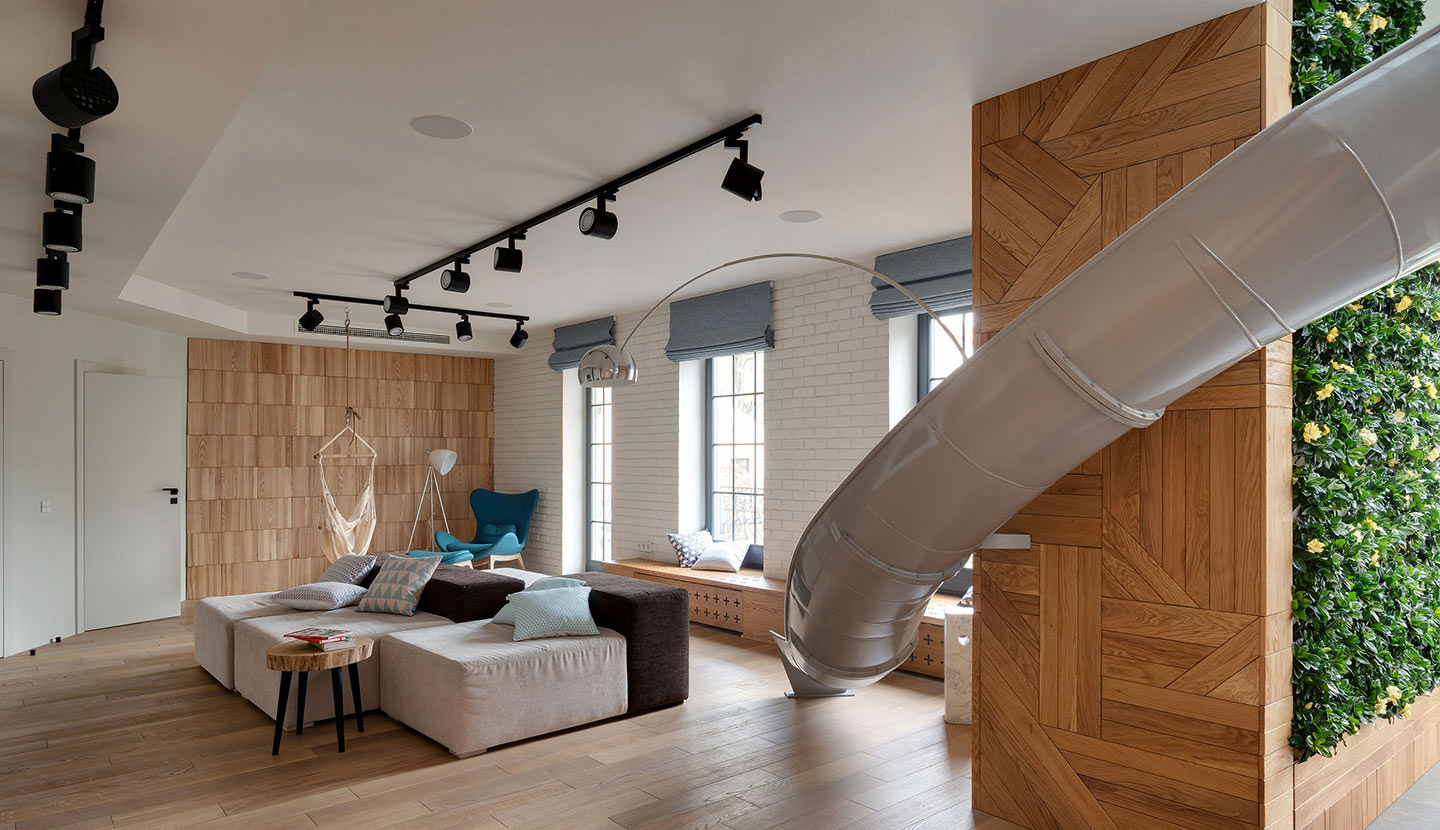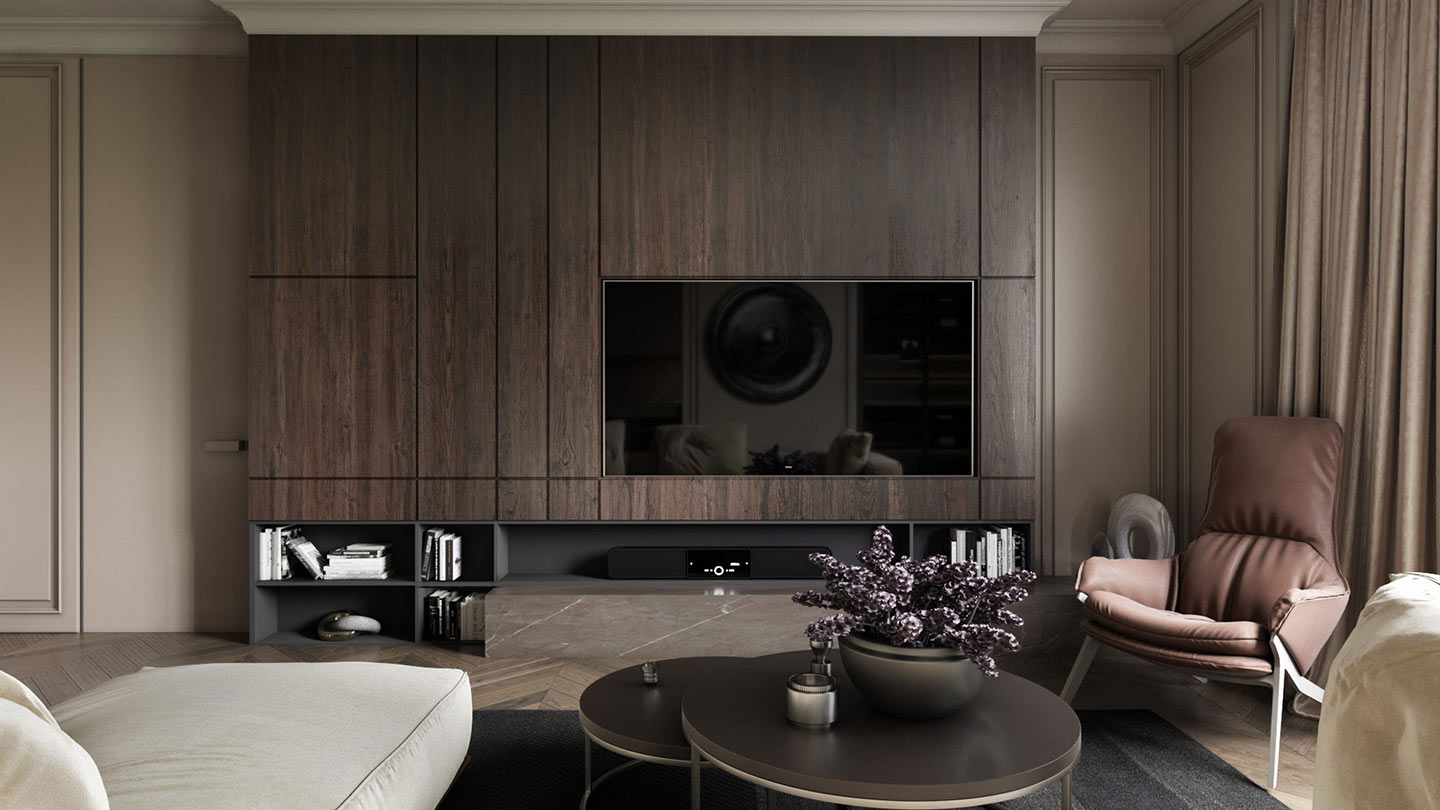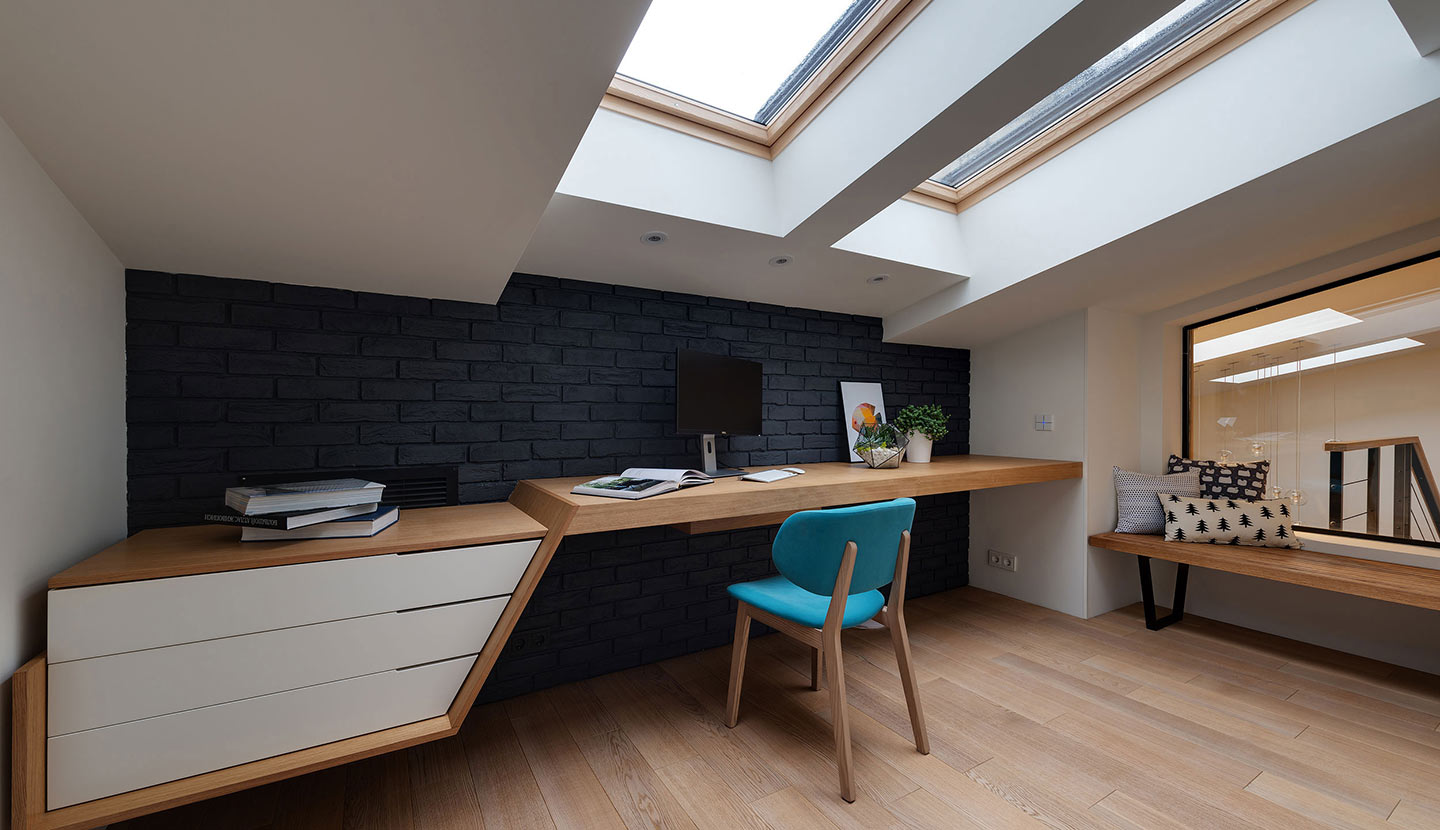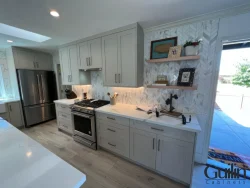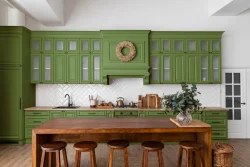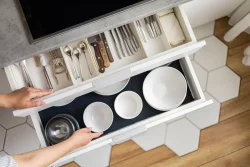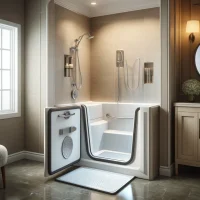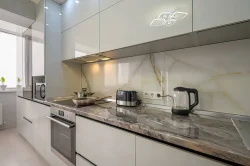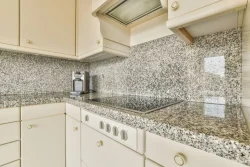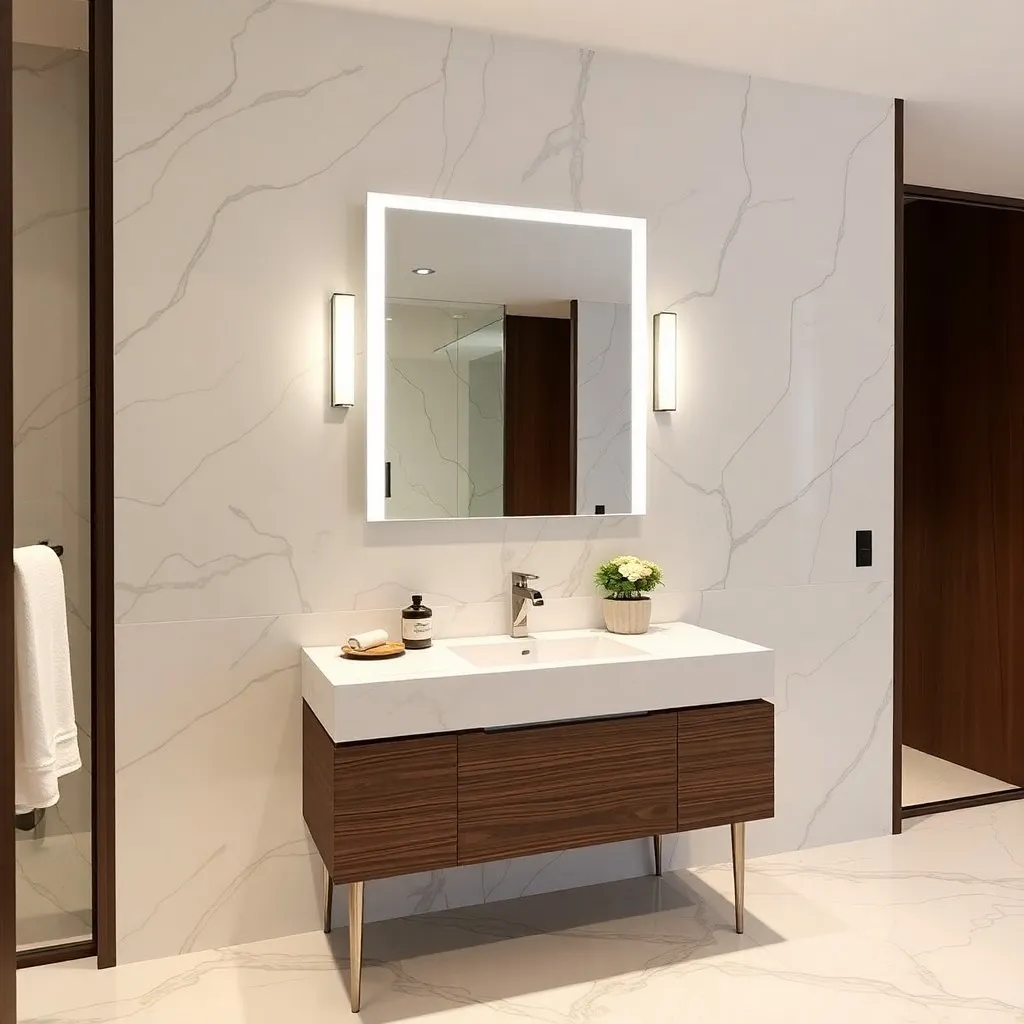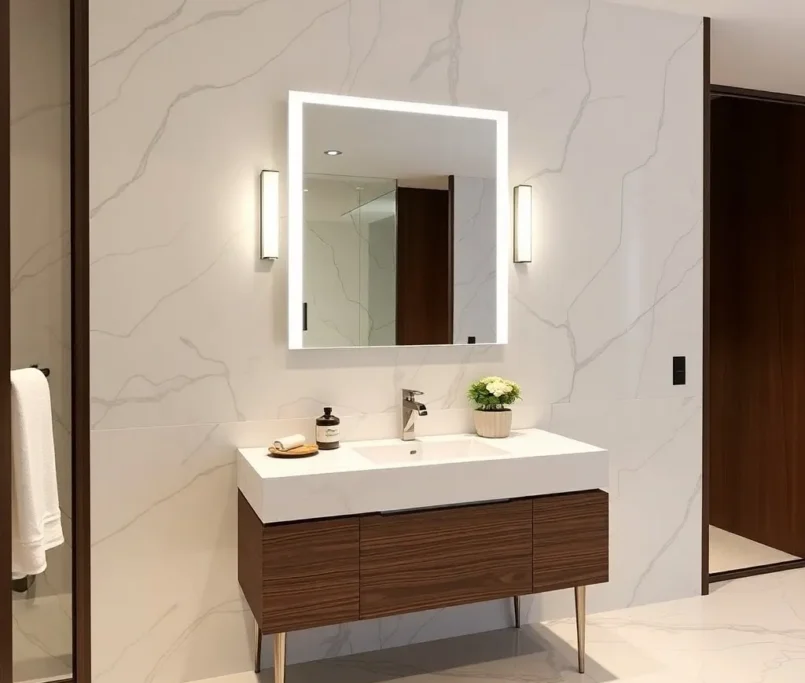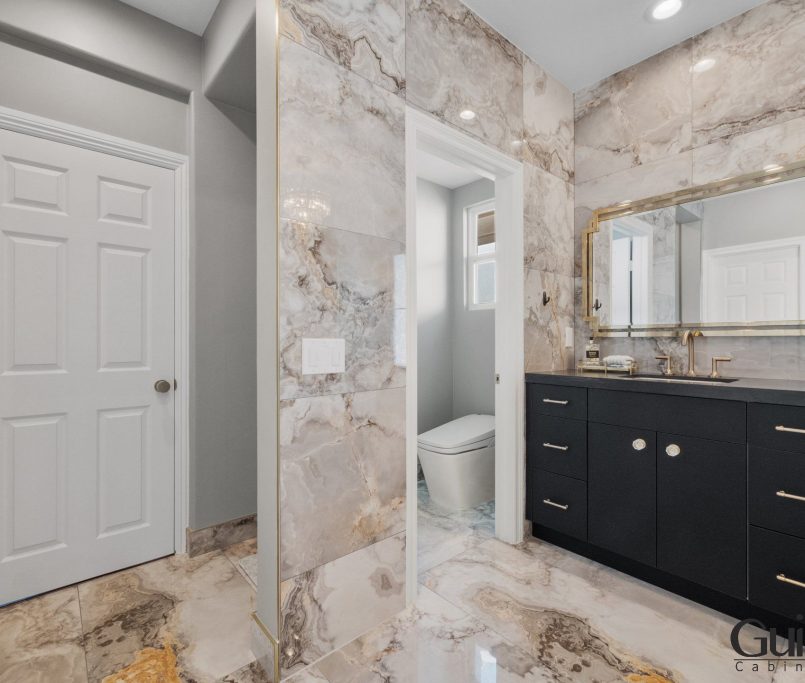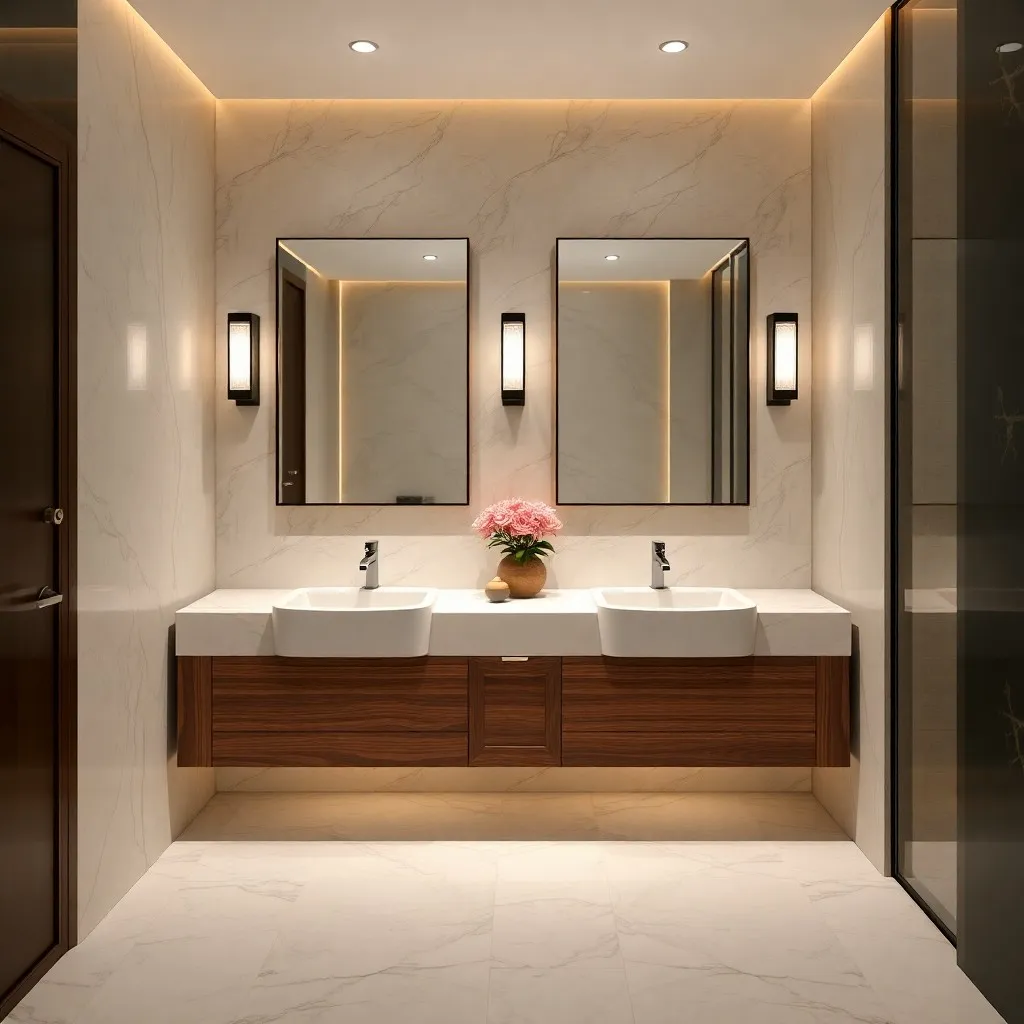
If you share a bathroom with a partner or family members, you’ve probably felt the morning traffic jam—someone brushing their teeth while another waits to wash up. That’s where a double sink vanity shines.
A double sink vanity gives you two separate sinks in one unit, offering more personal space, faster routines, and a balanced layout—especially in larger bathrooms. It’s a popular choice for master bathrooms, shared family bathrooms, or anyone who values convenience and functionality. In this guide, we’ll break down everything you need to know about double sink bath vanities.
What Is a Double Sink Vanity?
A double sink vanity is a bathroom cabinet that includes two sink basins, typically set side-by-side on a shared countertop. Each sink usually has its own faucet and plumbing connection, and often its own mirror and storage space underneath.
They’re most commonly found in:
- Master bathrooms
- Jack-and-Jill setups (shared between two bedrooms)
- Family bathrooms with high foot traffic

Double vanities are designed for efficiency, comfort, and aesthetics, especially in households where two or more people share the same bathroom.
Ideal Dimensions and Layout Tips
To ensure functionality and comfort, here are standard size guidelines:
- Minimum Width: 60 inches (5 feet)
- Comfortable Width: 72 inches or more
- Depth: 20 to 22 inches
- Sink Spacing: At least 15 inches between sink centers for elbow room
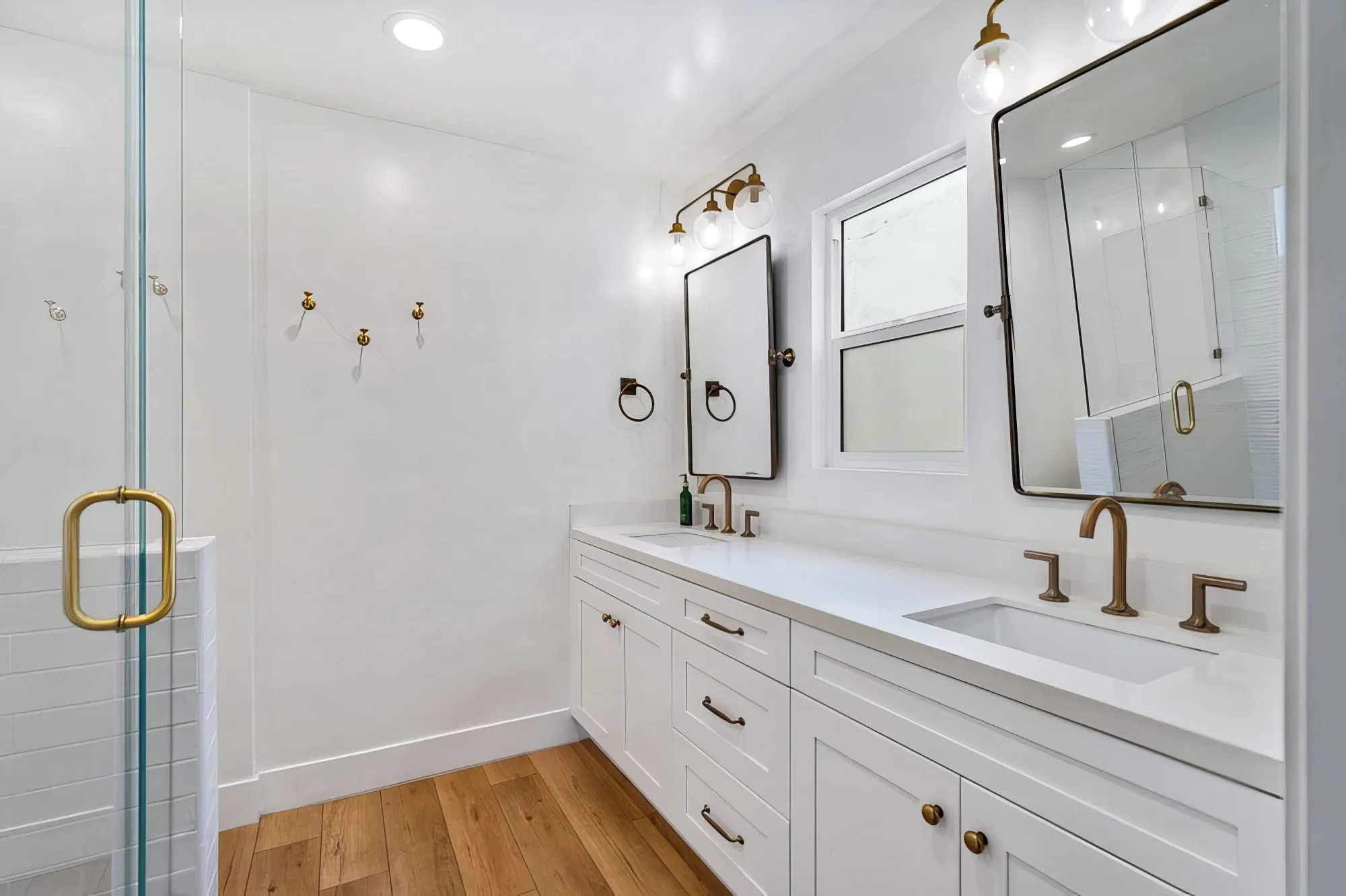
Pros & Cons of Double Sink Bath Vanities
Pros – Why People Love Them
Shared Use, No Waiting – Get Ready Faster
Double sink vanities are perfect for couples, roommates, or families who share a bathroom. Two people can brush, wash, or get ready at the same time—without getting in each other’s way. Why it works:
- Less waiting time during busy mornings.
- Everyone has their own space for personal items.
- Makes routines smoother and more efficient.
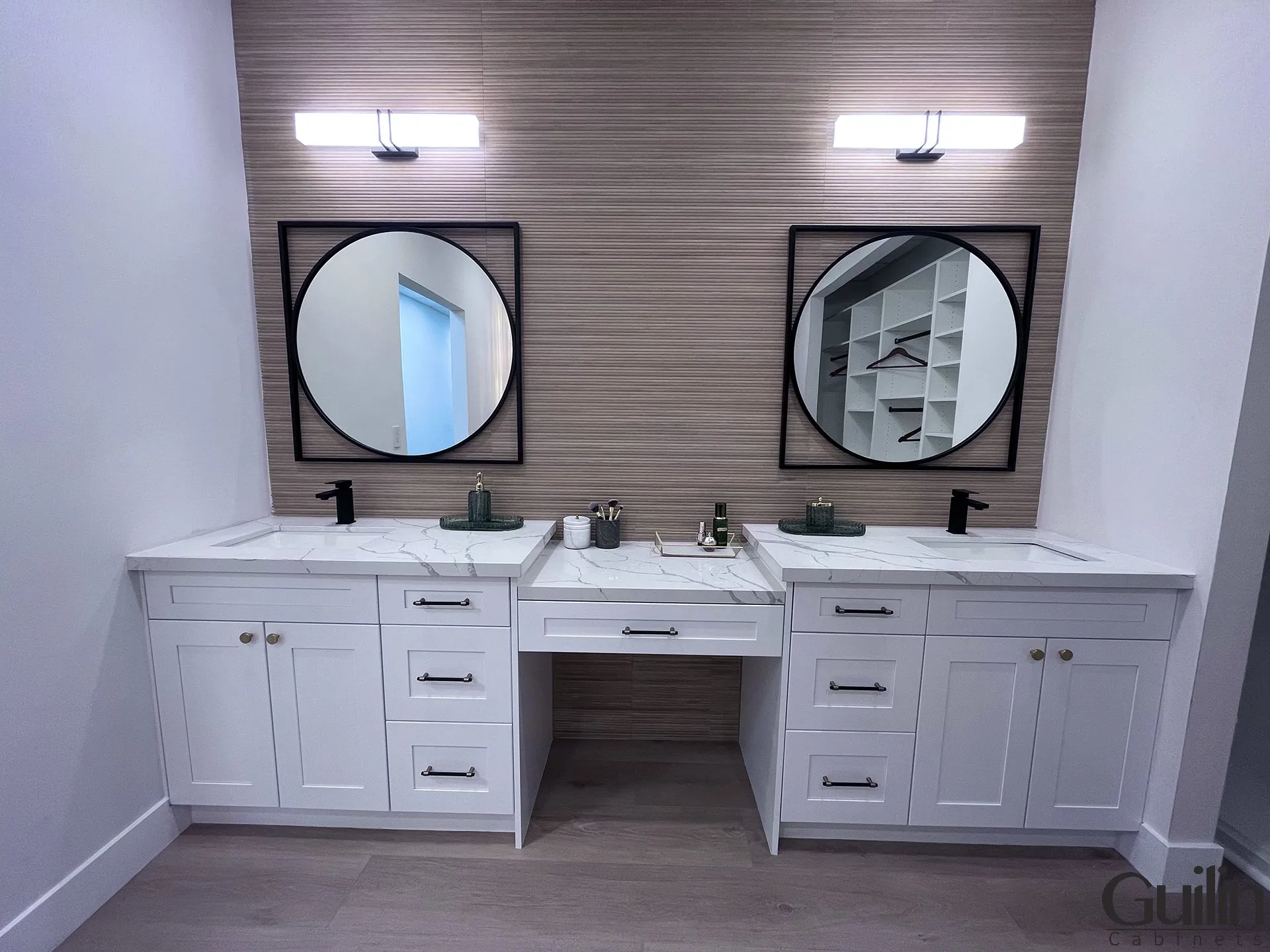
Bonus: Great for master suites, Jack-and-Jill bathrooms, and busy households.
Personal Storage Space – No More Mix-Ups
Each person typically gets their own side of the vanity, which means:
- Separate drawers or cabinets.
- Personalized setup (makeup on one side, shaving tools on the other).
- Less clutter, fewer arguments!
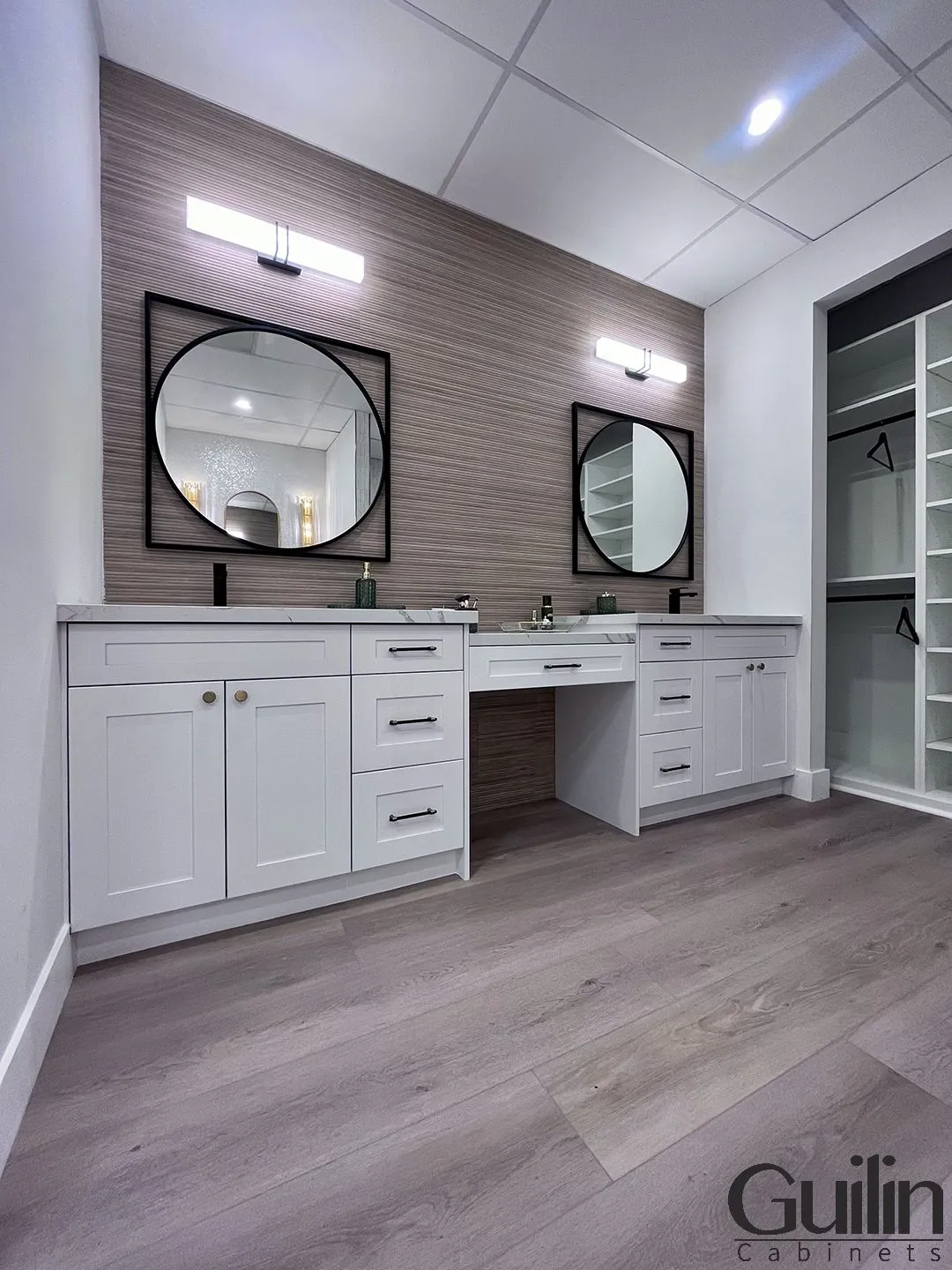
Tip: Look for vanities with divided drawer layouts or labeled organizers to make storage even more seamless.
Increases Home Value – Buyers Love It
In real estate, a double sink vanity is often seen as a luxury feature—especially in master bathrooms. Why it matters:
- Appeals to couples and families during resale.
- Adds a sense of balance and symmetry to large bathrooms.
- Often expected in higher-end homes or new builds.
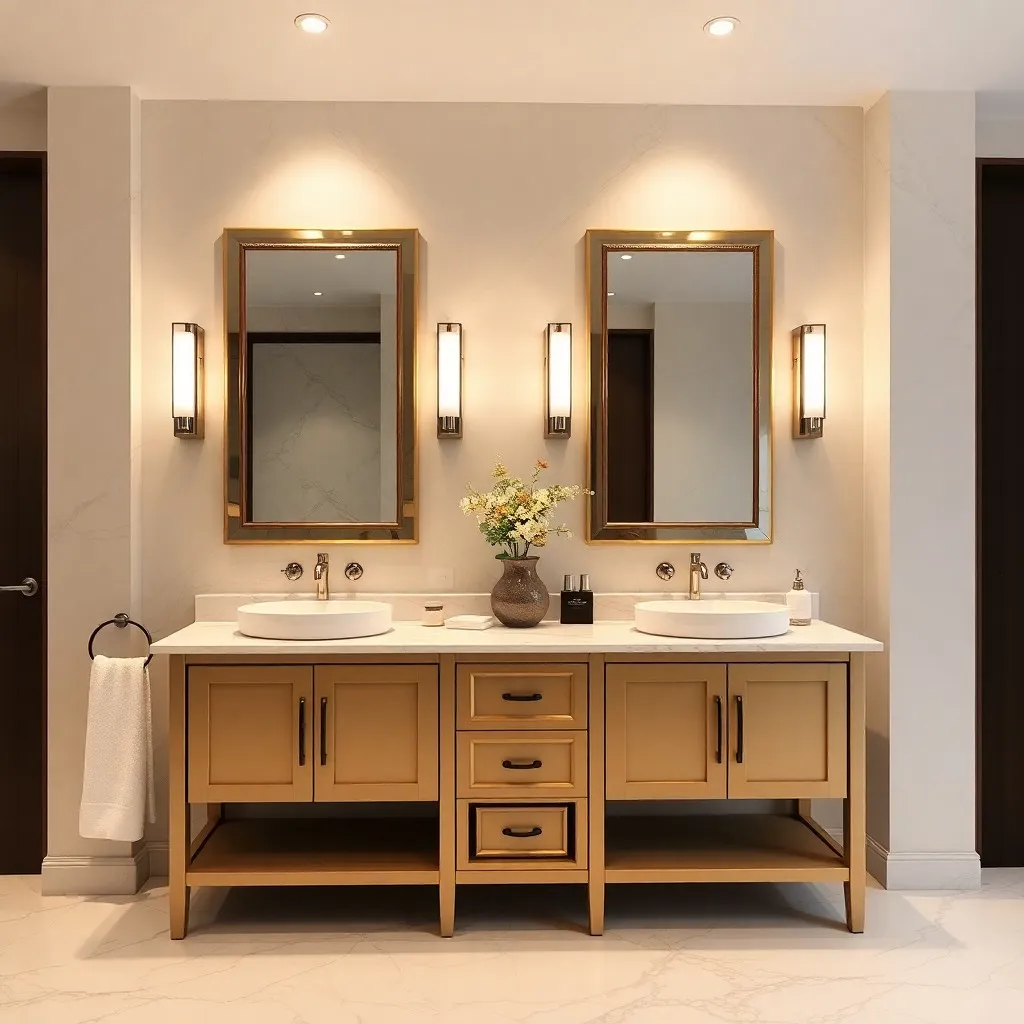
Tip: A sleek, well-designed double vanity can become a selling point when listing your home.
Style and Balance – Visually Appealing Layout
Double vanities tend to be larger and more symmetrical, which makes them a focal point in your bathroom design. Design perks:
- Feels more balanced and elegant.
- Frames mirrors and lighting beautifully.
- Works well with wall-to-wall counters or wide spaces.
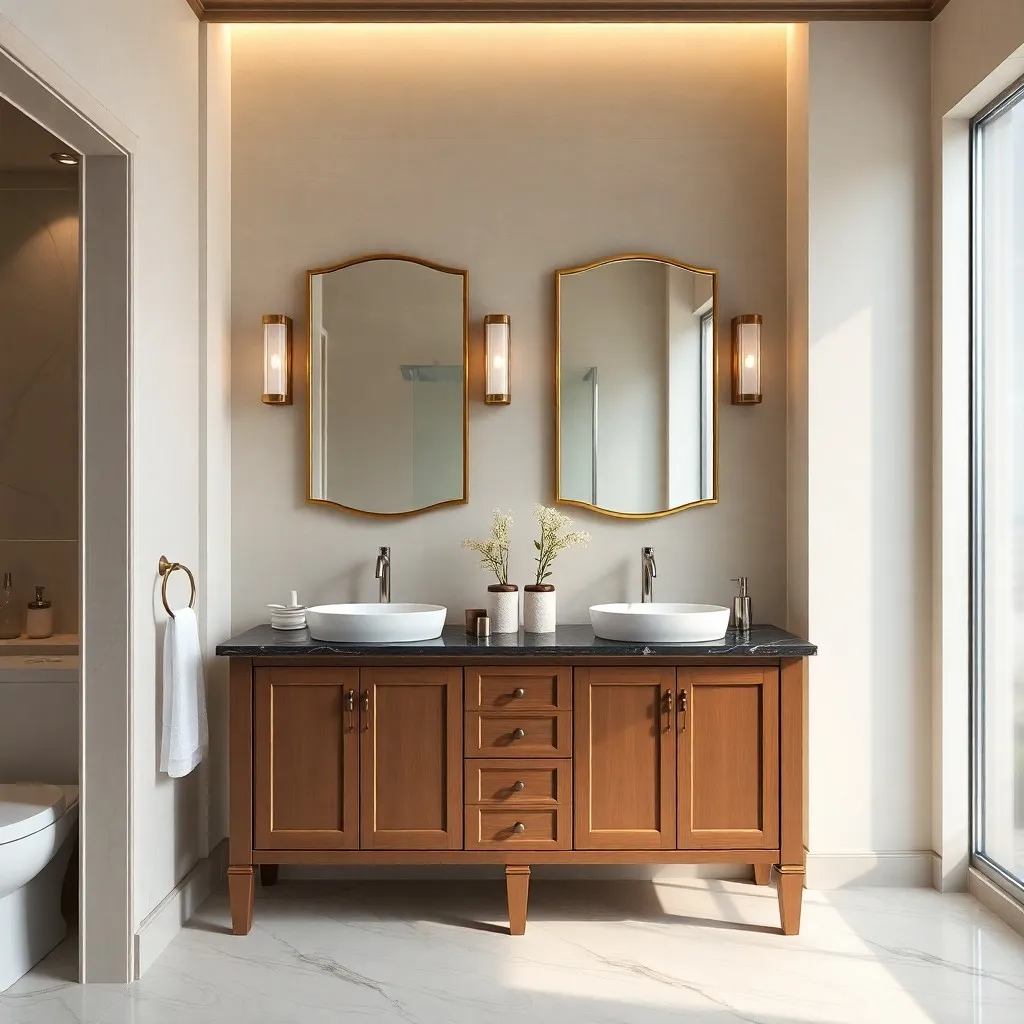
Styling Tip: Add matching mirrors and sconces for a polished, hotel-like look.
Cons – What to Consider
Needs More Space – Not for Small Bathrooms
Double vanities usually require at least 60 inches of width (sometimes more). If your bathroom is on the smaller side, a double vanity can feel cramped or force you to give up other features. Watch out for:
- Reduced floor space.
- Tighter walkways or less room for cabinets.
- Awkward placement in narrow bathrooms.
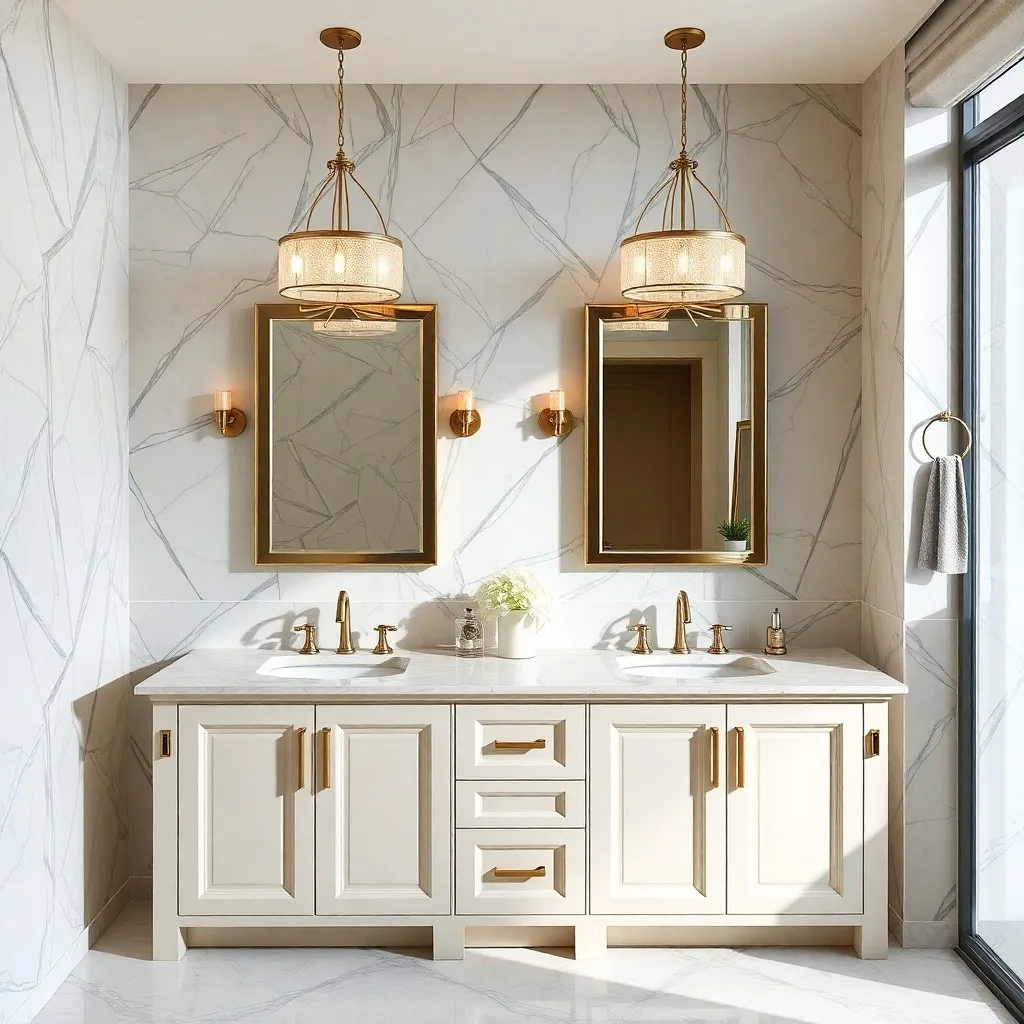
Tip: Always measure your space carefully before choosing a double vanity.
Higher Cost – More Sinks, More Plumbing
Double sink vanities cost more upfront than single vanities—not just because of the extra materials, but also because of the plumbing and installation. Added costs include:
- Two sink basins and faucets.
- Additional plumbing lines and fixtures.
- Longer installation time.

Tip: If you’re remodeling, ask your contractor about plumbing access before choosing a double sink.
Less Countertop Space per Person
Ironically, even though the vanity is larger, you might get less counter space per sink because the surface is split between two basins. This means:
- Less room for daily items like skincare or hair tools.
- Smaller zones for personal decor or organizers.
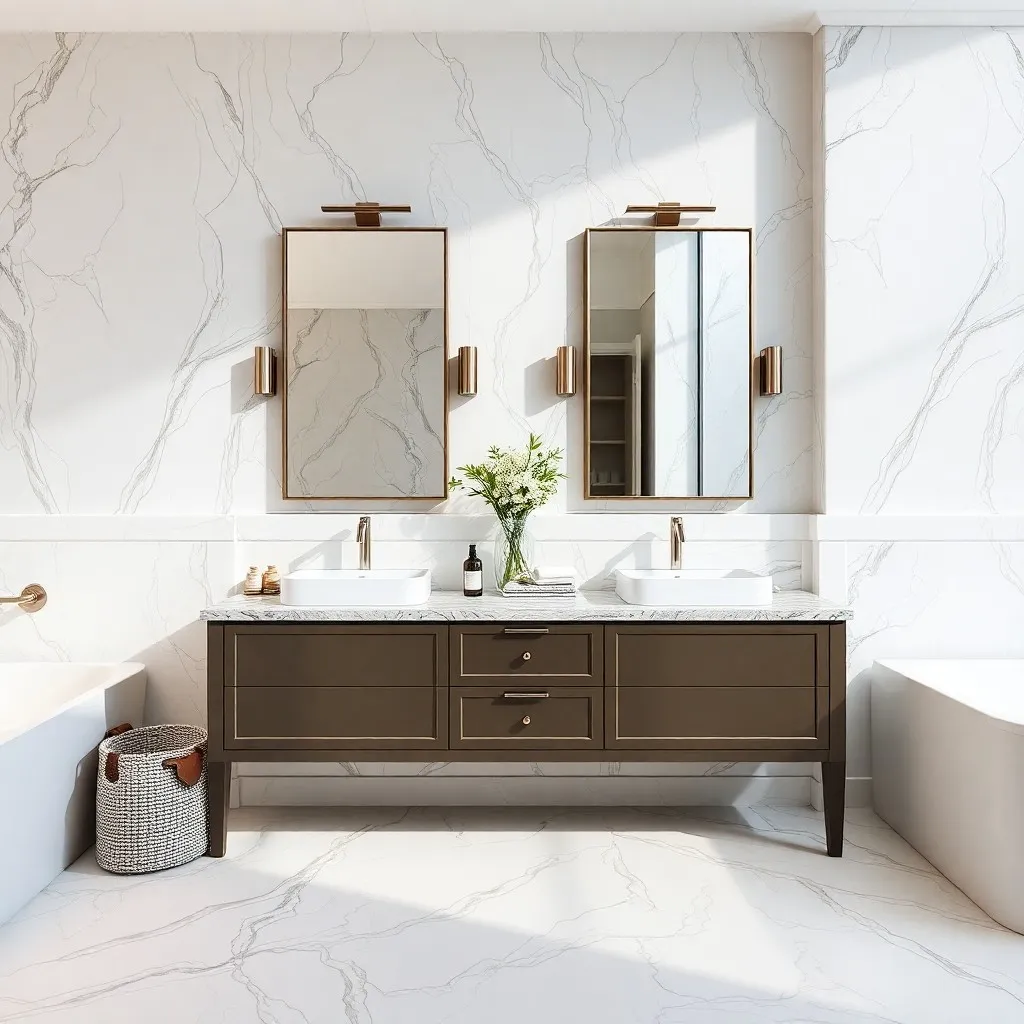
Tip: Choose vanities with extra drawers or tall cabinets nearby to compensate.
More to Clean and Maintain
Two sinks also mean two drains, two faucets, and double the cleaning. Be prepared for:
- More surface area to wipe down.
- Two drains that can clog.
- Extra hardware to maintain or replace.
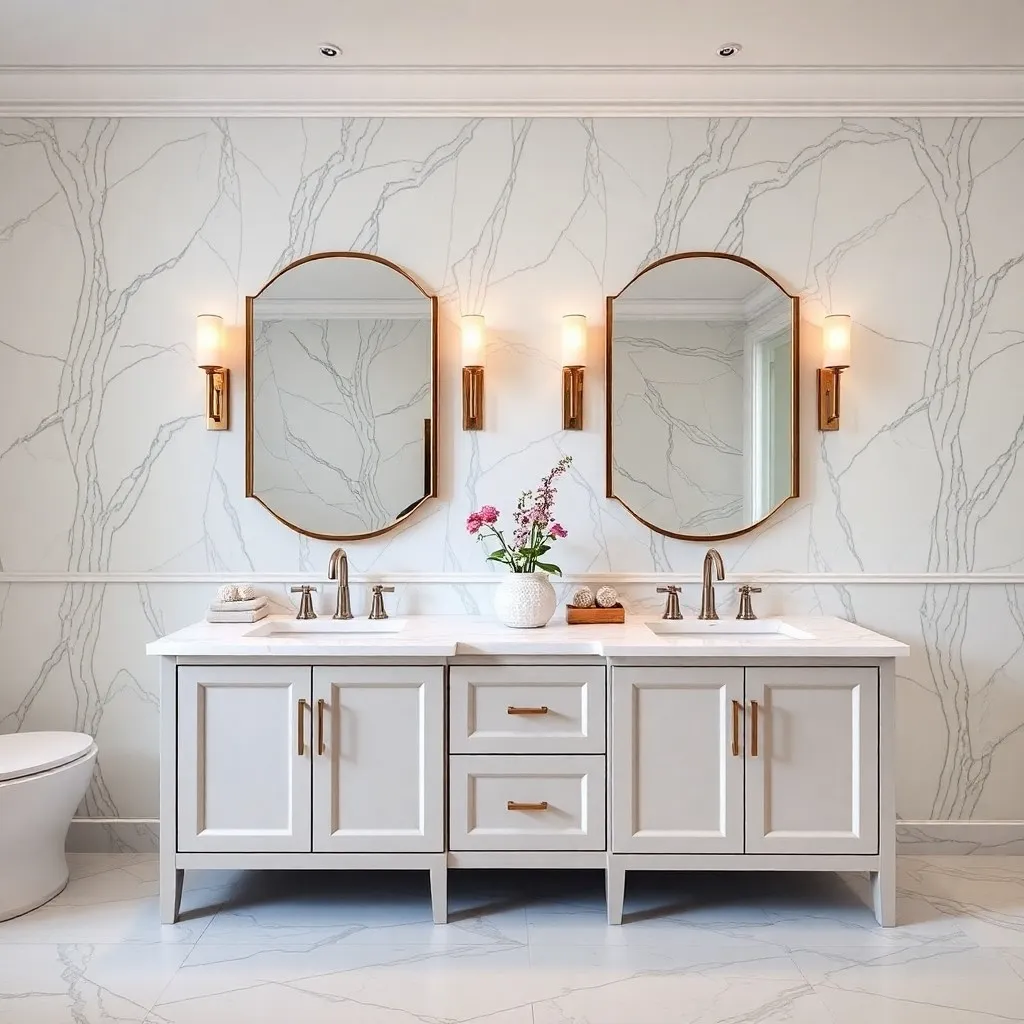
Maintenance Tip: Use matching sink accessories and quick-cleaning products to save time.
Smart Design Ideas for Double Sink Vanities
His-and-Hers Mirrors – Separate but Cohesive
Instead of one long mirror, try two matching ones:
- Visually separates each person’s space.
- Creates symmetry and balance.
- Makes lighting placement easier.
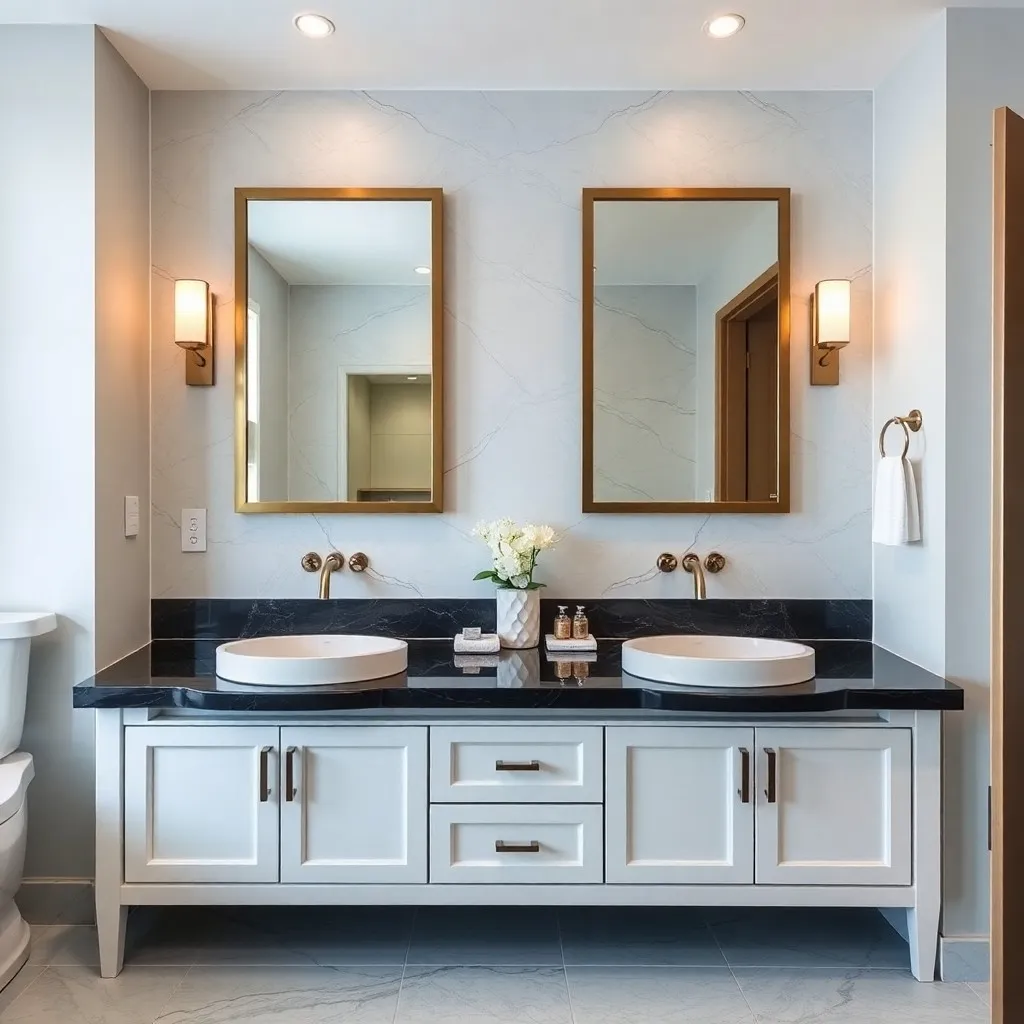
Pro Tip: Add wall sconces between or beside mirrors for focused task lighting.
Divide Storage Zones – Personalize Each Side
Give each user their own storage space by:
- Installing drawer dividers.
- Using baskets or bins inside cabinets.
- Labeling or color-coding drawers.
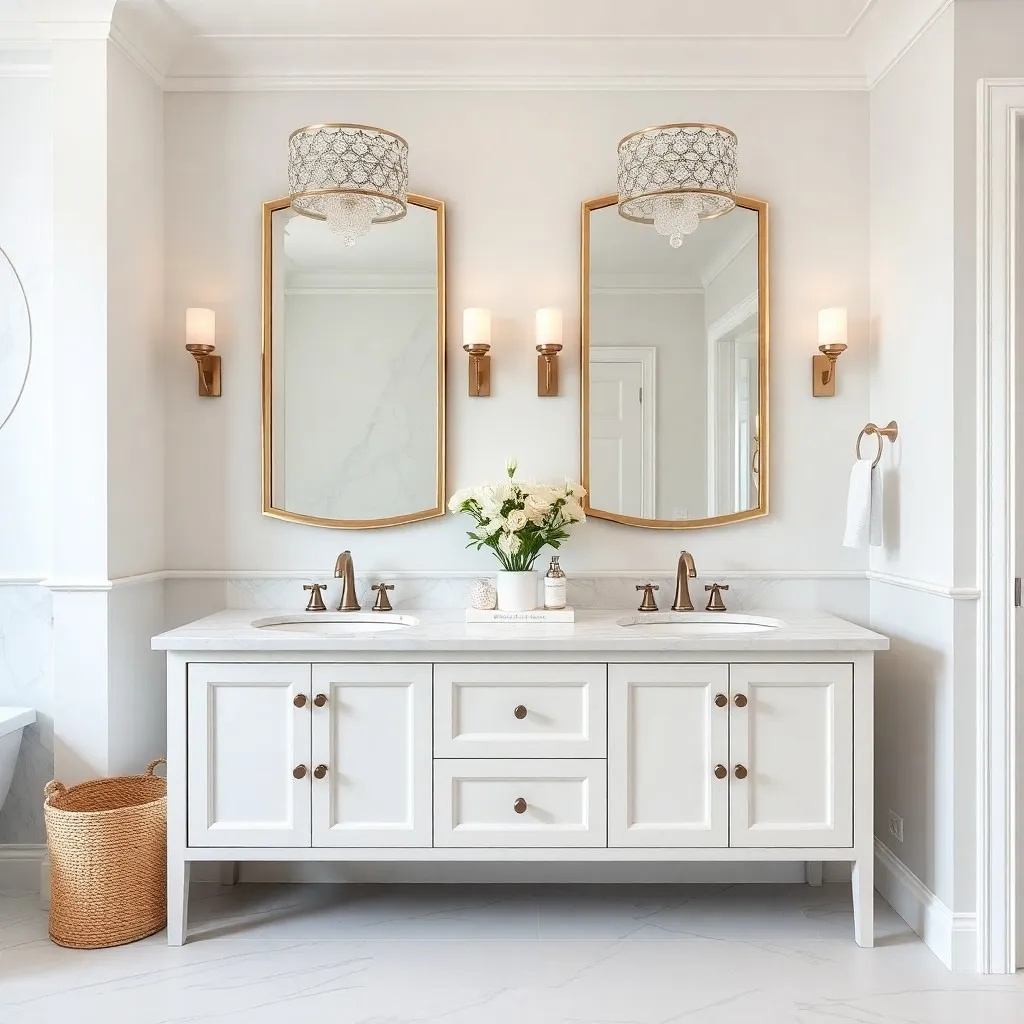
Smart Feature: Look for vanities with center drawers and under-sink cabinets on both sides.
Use the Middle Space Wisely
That empty space between the sinks? Don’t waste it. You can add:
- A shared drawer or cabinet for bulky items.
- A makeup or seating station with a stool and mirror.
- Decorative touches like a small tray, vase, or candle.
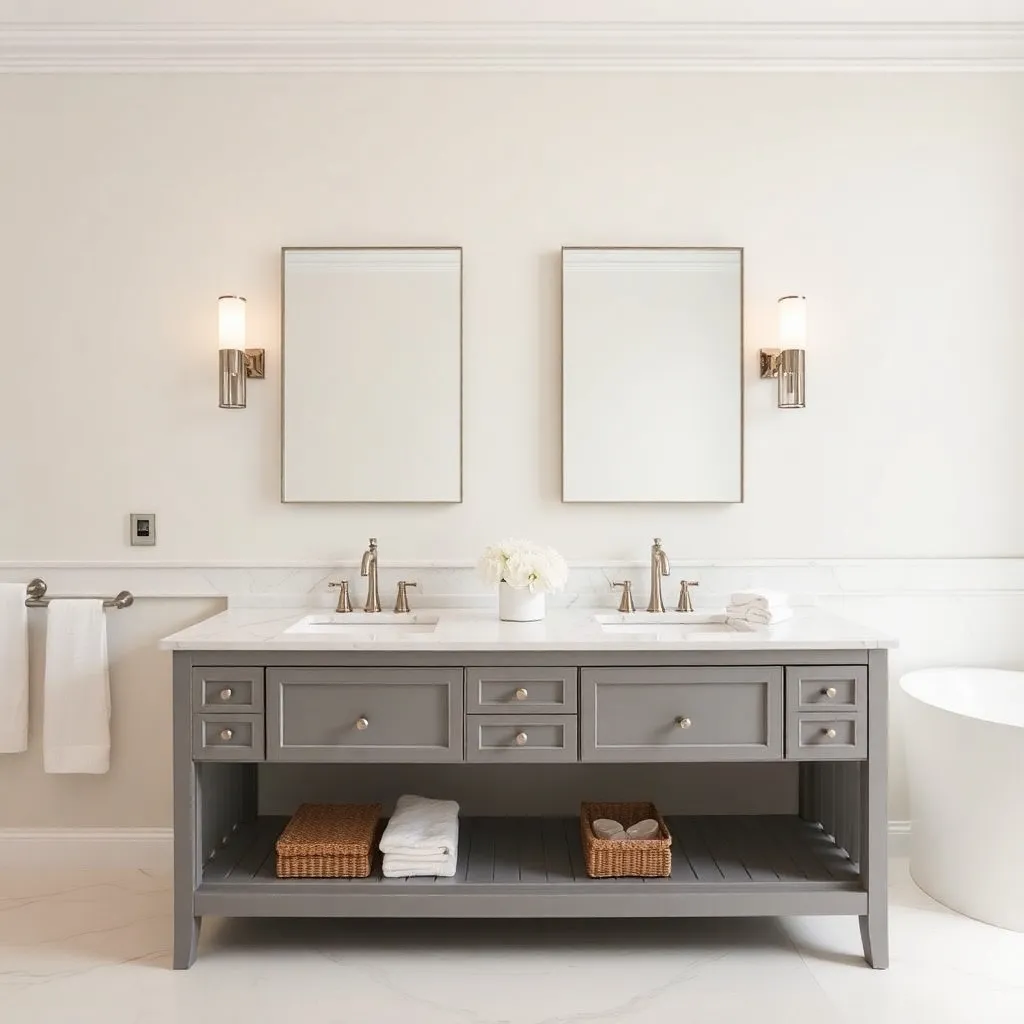
Floating Double Vanities – Modern & Spacious
Wall-mounted double vanities give you:
- A clean, modern look.
- Extra floor visibility (which makes rooms feel bigger).
- Easier cleaning access underneath.

Great for: Contemporary homes or bathrooms with radiant floor heating.
Final Thoughts – Is a Double Vanity Right for You?
Double sink vanities are a great choice for shared bathrooms, offering convenience, speed, and style—especially in larger spaces. They help eliminate morning traffic jams and give each person a place to call their own.
But they’re not ideal for everyone. If your space is limited or you’re watching your budget, a single sink might be more practical. It really comes down to how you use your bathroom and who uses it with you. With the right design choices, a double vanity can become the centerpiece of your bathroom, blending beauty and function in a way that fits your lifestyle.
FAQs About Double Sink Bath Vanities
How wide should a double sink vanity be?
Most double vanities start at 60 inches wide and can go up to 72 inches or more. Ideally, each sink needs about 20–24 inches of space for comfortable use.
Can I fit a double vanity in a small bathroom?
It’s possible, but not ideal. You’ll need at least 60″ of wall space, and enough room for people to move around. In tight spaces, it may feel crowded or reduce storage options.
Is it more expensive to install a double sink vanity?
Yes. You’ll pay more for:
+ Two sinks and faucets
+ Extra plumbing work
+ A larger countertop and base unit
But it may increase home value, especially in master bathrooms.
Can I convert a single sink vanity into a double?
Only if:
+ Your vanity is wide enough (60″ or more).
+ Plumbing can be extended or duplicated.
+ The countertop supports two basins.
Consult a plumber or contractor before converting.
Do both sinks need their own plumbing lines?
Ideally, yes. Each sink should have its own water supply and drain line. However, some setups allow shared drain lines, but these may require special venting and aren’t always code-compliant.
Are double vanities better for resale?
In master bathrooms, yes. Buyers often expect double sinks in larger homes. In smaller bathrooms or guest spaces, a single sink is usually fine.



